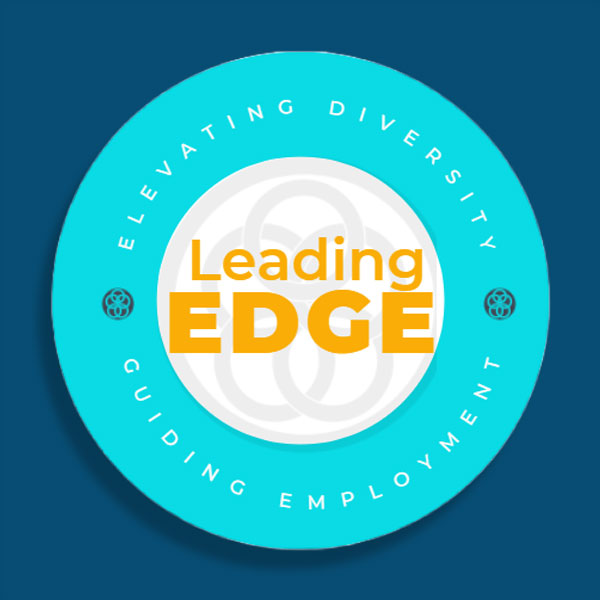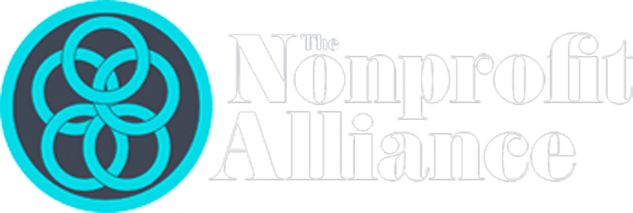Navigating our new normal
(Final in a series )
First, we hope this post finds you well and coping as best you can. Please take care of yourselves as you take care of others, personally and professionally.
These are absolutely unprecedented times. None of us knows what will happen today, much less tomorrow. But with countless of us in the social good community, businesses and education working differently than we did even a week ago, we find ourselves confronted with the time, space and yes, the necessity of creating new ways of working together.
This is not the situation any of us would ever want, but now that it is here, we can perhaps get our footing faster with the help of Liberating Structures:
According to Liberating Structures, “Five conventional structures guide the way we organize routine interactions and how groups work together: presentations, managed discussions, open discussions, status reports and brainstorm sessions. Liberating Structures (LS) add 33 more options to the big five conventional approaches. Any one LS can change a meeting. Together they can liberate and transform an entire organization. Here are just three:
Heard, Seen, Respected (HSR)
This is an especially good technique for transition periods when questions about the future are unanswerable and empathetic listening is what is needed. Take 35 minutes to practice deeper listening and foster the empathetic capacity of participants to “walk in the shoes” of others. Many situations do not have immediate answers or clear resolutions. Recognizing these situations and responding with empathy can improve the “cultural climate” and build trust among group members. HSR helps individuals learn to respond in ways that do not overpromise or overcontrol. It helps members of a group notice unwanted patterns and work together on shifting to more productive interactions.
Minimum Specs
Spend 35-50 minutes establishing “Minimum Specs.” Invite participants to first generate the entire list of all the do’s and don’ts that they should pay attention to in order to achieve a successful outcome for a challenging task. This is the list of maximum specifications (Max Specs). After the list of Max Specs has been developed, ask the participants to reduce it to the absolute minimum needed to achieve their purpose. Invite them to sift through the list one item at a time and eliminate every rule that gets a positive answer to the question, “If we broke or ignored this rule, could we still achieve our purpose? ”Specify only the absolute “must dos” and “must not dos” for achieving a purpose. By specifying only the minimum number of simple rules, the Min Specs that must ABSOLUTELY be respected, you can unleash a group to innovate freely. Respecting the Min Specs will ensure that innovations will be both purposeful and responsible. Often two to five Min Specs are sufficient to boost performance by adding more freedom AND more responsibility to the group’s understanding of what it must do to make progress.
15% Solutions
Look at an individual or team challenge and ask, “What is your 15 percent? Where do you have discretion and freedom to act? What can you do without more resources or authority?” This simple question reveals the actions, however small, that everyone can do immediately. At a minimum, these will create momentum, and that may make a BIG difference. 15% Solutions show that there is no reason to wait around, feel powerless, or fearful. They help people pick it up a level. They get individuals and the group to focus on what is within their discretion instead of what they cannot change.
In many cases, creating new structures and ideas around outreach, engagement and collaboration are as much about starting new ways of doing things as stopping old ways of doing things. Given our new normal, that makes it easier to get going.
I imagine that new ideas and opportunities are being created each day. Please share in the comments and keep this conversation going at a time when we all need ideas, and we all need one another.
Kyla Shawyer is a passionate advocate for sharing and collaboration in the social good space. After 14 years leading nonprofits, including Operation Smile, the Resource Alliance and the IFC global nonprofit community, Kyla has seen firsthand the magic and impact that can be created when we break down barriers and open our minds and our hearts to new ways of learning and working together.
Links to first and second posts:
Part One https://tnpa.org/radical-change-is-here-to-stay-lean-into-it/Part 2
Part Two https://tnpa.org/unleash-a-culture-of-transparency-or-how-i-learned-to-stop-worrying-and-love-radical-change/


